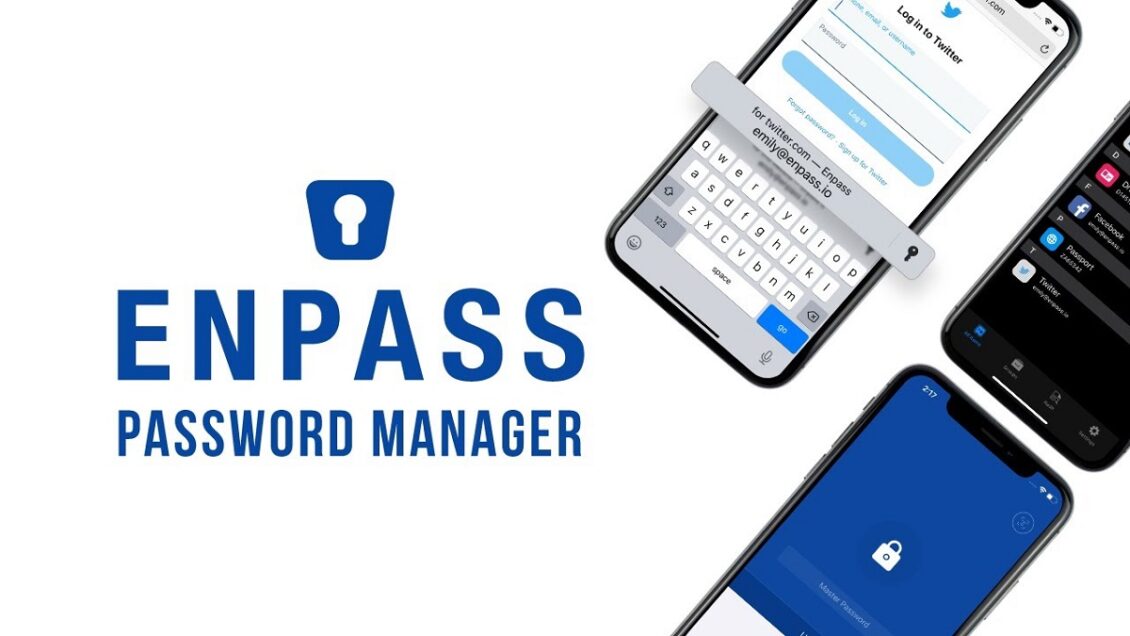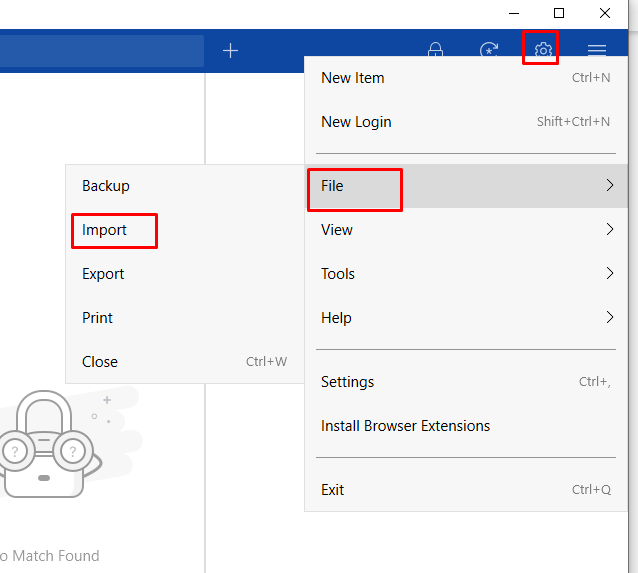
However, Enpass has a few serious downsides.
#ENPASS MEANING PASSWORD#
Enpass’s password auditing feature is also pretty good, but other password managers have more advanced password analysis features.
#ENPASS MEANING GENERATOR#
I also think Enpass’s password generator is good, and the auto-save and auto-fill worked well - although the auto-fill includes a couple of unnecessary steps to work. It’s great that Enpass users can create as many vaults as they want, which makes it very easy to organize all logins and other data.
#ENPASS MEANING CODE#
#ENPASS MEANING OFFLINE#
This rule prevented players from being able to create passed pawns by merely jumping to the side of an enemy pawn, making chess more exciting to play.Enpass is a fully offline password manager that offers a completely free desktop version for Windows, macOS, and Linux users. The en passant rule was then created to prevent such a radical change in the dynamics of the game.

Mild measures, such as police surveillance, are not sufficient. But since a pawn could now move two squares on its first move, it was easier to create a passed pawn.Ī passed pawn is a criminal which should be kept under lock and key. A passed pawn is an excellent advantage for the player who has it. When the pawn moves changed, however, the dynamics of the game also changed. To make games faster, people modified pawn moves: they could now jump two squares when leaving their home squares.

In the olden times, pawns could move just one square at a time. The en passant move is closely related to another rule that was created centuries ago to make chess more interesting. The diagram below shows what the move 3.exd6 looks like: This is what 3. Note, though, that you should write down the square where the pawn has landed, not the one where the captured pawn was. The notation for an en passant capture is the same as any other pawn capture. To make these rules clear for you, take a look at the diagram below. Another instance where this capture is not allowed is when the enemy pawn lands right next to your pawn but only after making two moves. This type of capture cannot happen if the capturing pawn has already advanced four or more squares. If the player does not capture en passant on that turn, they no longer can do it later.

There are a few requirements for the move to be legal: You move your pawn diagonally to an adjacent square, one rank farther from where it had been, on the same file where the enemy's pawn is, and remove the opponent's pawn from the board. To perform this capture, you must take your opponent's pawn as if it had moved just one square. This type of capture is the only one in chess where the capturing piece doesn't land on the same square as its victim. With en passant, though, things are a little different. This is the regular way a pawn can capture another piece. It moves to the captured piece's square and replaces it. Pawns can usually capture only pieces that are directly and diagonally in front of them on an adjacent file.

"En passant" is a French expression that translates to "in passing", which is precisely how this capture works. The en passant rule is a special pawn capturing move in chess. Make sure you know everything about this rule, so you don't get caught off guard! En passant is one of those special chess rules that can surprise the less experienced players.


 0 kommentar(er)
0 kommentar(er)
